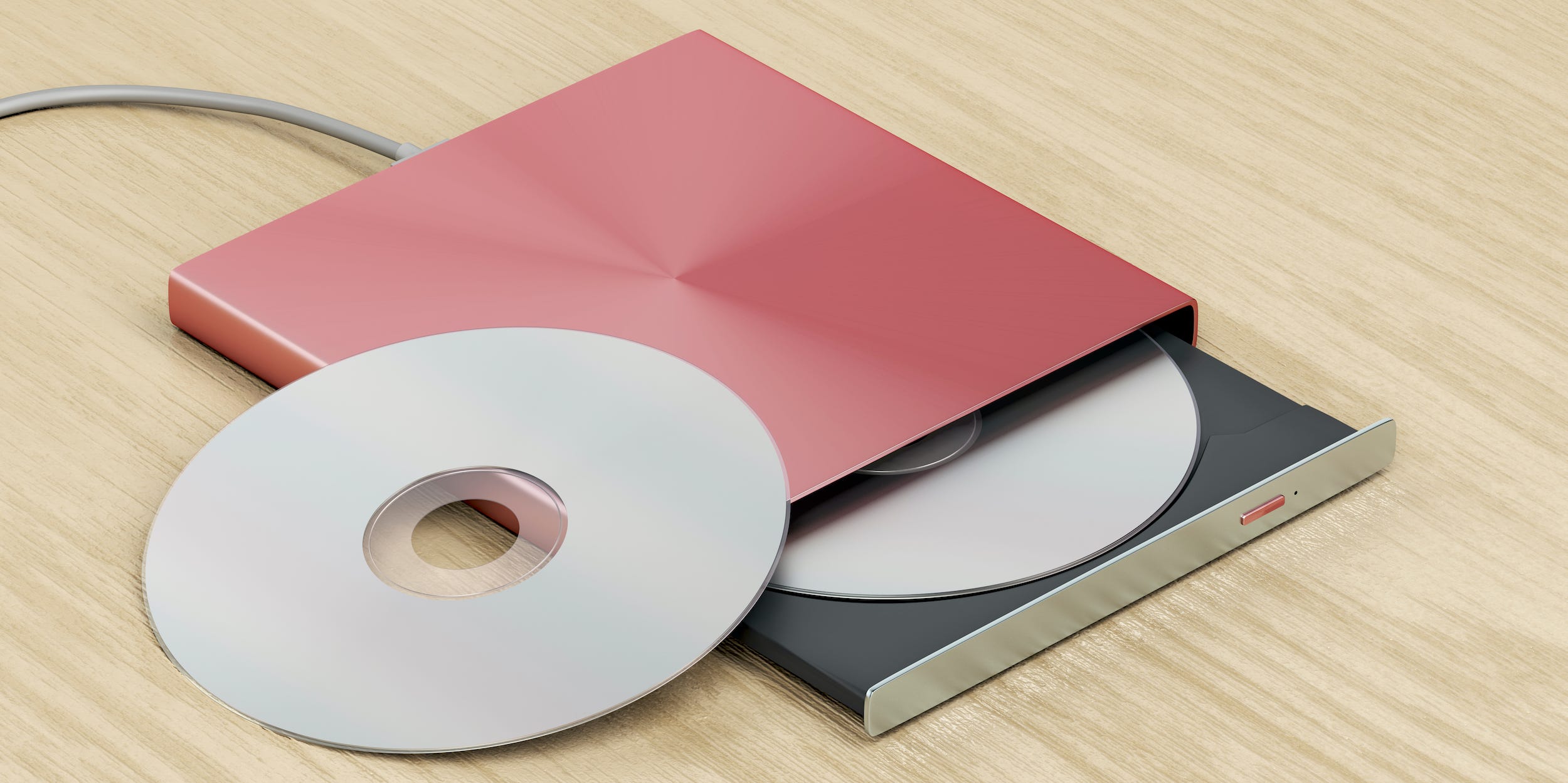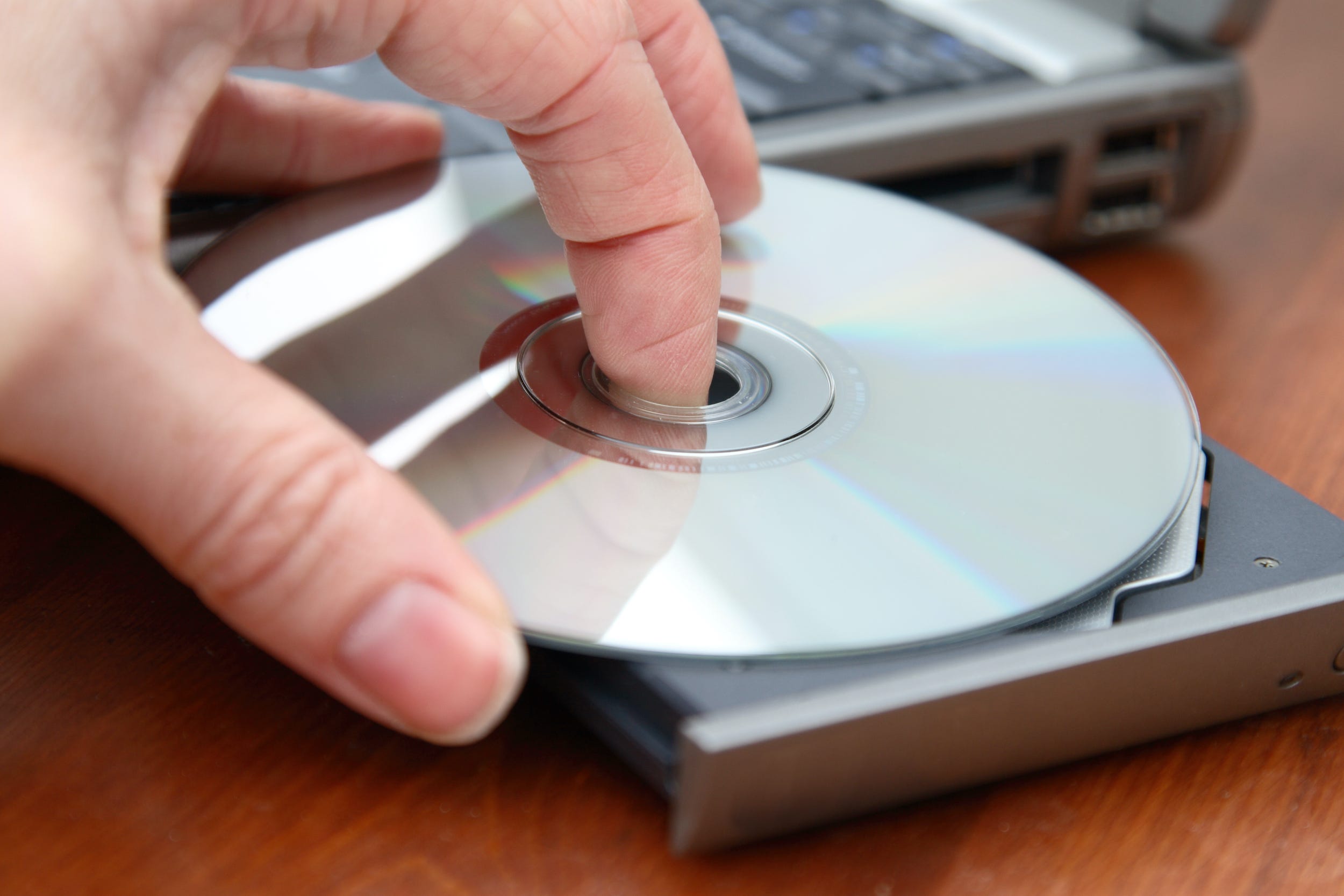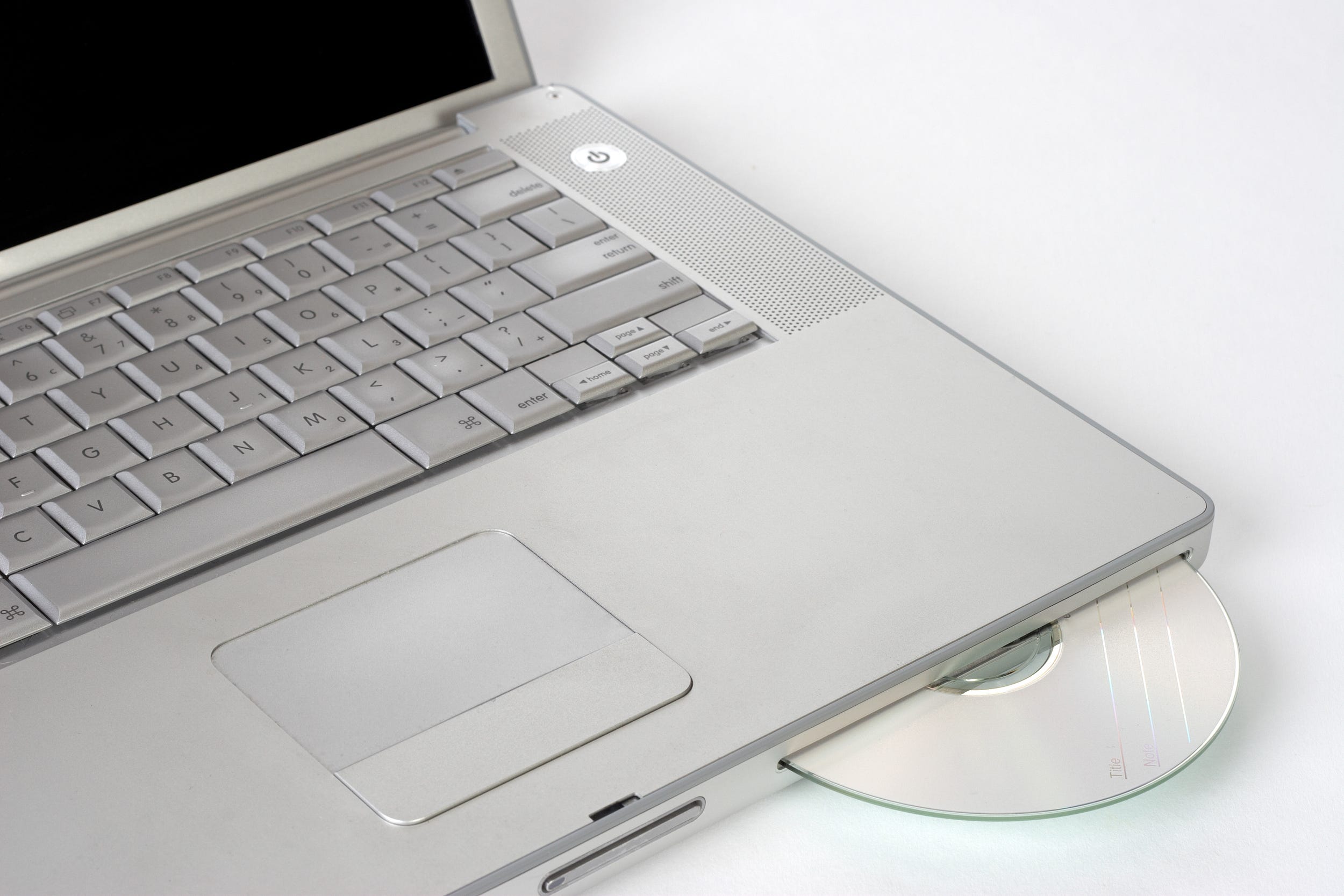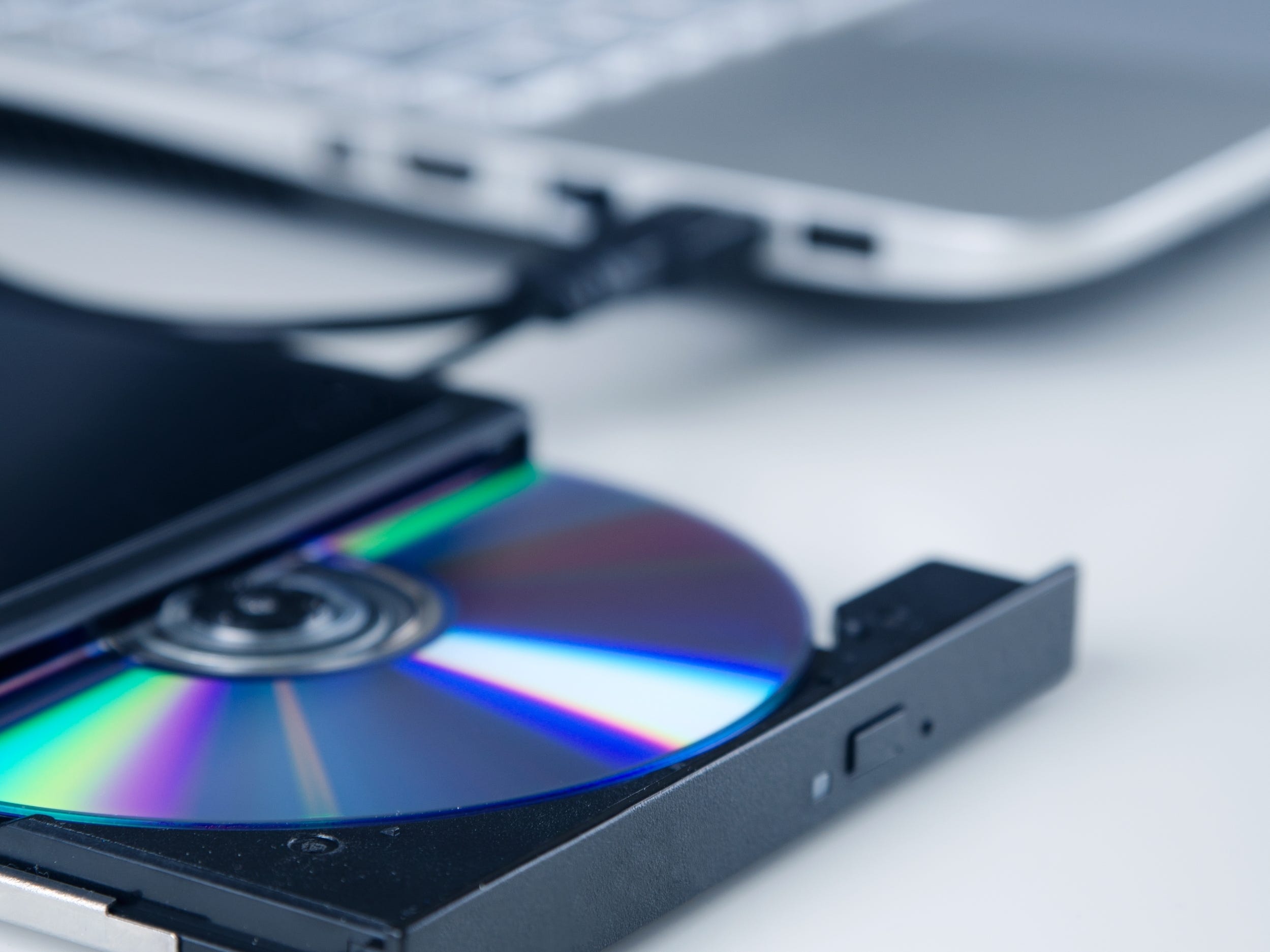
MileA/Getty Images
- Optical drives let your computer read and interact with discs like CDs, DVDs, and Blu-rays.
- While nearly every computer had them a few years ago, they're rare to see on new computers now.
- If you need an optical drive but your computer doesn't have one, you can buy an external optical drive.
- Visit Insider's Tech Reference library for more stories.
Optical drives were once so common that virtually every computer came with one, or even two. Now this storage solution is quickly becoming obsolete – it's increasingly rare to find a mainstream desktop or laptop computer with a built-in optical drive.
You can still find them, however, on several other devices. These include game consoles, DVD and Blu-ray players, and car stereos.
Here's everything to know about optical drives, including what they do, how they work, and what to do if you need one.
What are optical drives?
In the simplest terms, an optical drive is the piece of hardware that lets a device read and interact with a disc. These discs can be CDs, DVDs, Blu-rays, game discs, and more.
All optical drives are based on the same fundamental technology. An optical drive is composed of a laser that's used to read and write data that's encoded in a plastic disc which spins on a platter. Depending on the specific kind of optical drive – CD, DVD or Blu-ray – the wavelength of the laser will vary, along with the rotational speed of the disc.
The CD was the first kind of optical disc, initially designed without regard for computer storage. The first prototype arrived in 1979 to play back music but was adapted into the CD-ROM format in 1985, capable of storing 700MB of data, which at the time was substantially more storage space than commonly available in hard disk drives (HDDs).

markgoddard/Getty Images
Optical formats evolved over the years; DVDs debuted in 1997 to play movies in standard definition format (720x480 pixels), and early DVD-ROM discs could store 4.7GB. So-called dual-layer DVDs could store 8.5GB, and the format went up from there with many additional variations. A dual-layer BD-ROM can store 50GB.
Regardless of the internal details, most optical drives connect to a computer motherboard with a data cable and power cable, and feature an open/close button that controls access to the disc tray. Some optical drives dispense with the tray entirely; you simply feed the disc into a narrow slot, like in a car's CD player.

dennysb/Getty Images
How to read or write optical disks without an optical drive
While most older computers have a built-in optical drive, few new computers include one - a sign that most people don't need these drives anymore. Most new software and data is downloaded from the internet rather than installed from a disc, and most common place to find optical drives now is on game consoles.
Even so, you might occasionally have the need to read or write a disc on your computer. Here are some ways to work around not having an optical drive in your computer:
- Look online. If you need to install software from a CD-ROM or DVD-ROM, check the internet. In many cases, the program, utility, or device drivers you need will now be found on the manufacturer's website or archived on another site.
- Use another computer or a USB flash drive. If you need to recover files (like backups or photos) from an optical disc, you can probably open the disc on another computer that has an optical drive and then copy the files you need to a USB flash drive. Even a small flash drive should have more capacity than even the largest optical discs.
- Purchase an external optical drive. You can connect an external optical drive to your computer via USB. External drives are so inexpensive - you can routinely find CD/DVD drives online for $25 or less - that it might make sense to purchase one and keep it in the closet for those rare occasions when you need it.

simpson33/Getty Images
